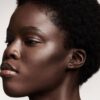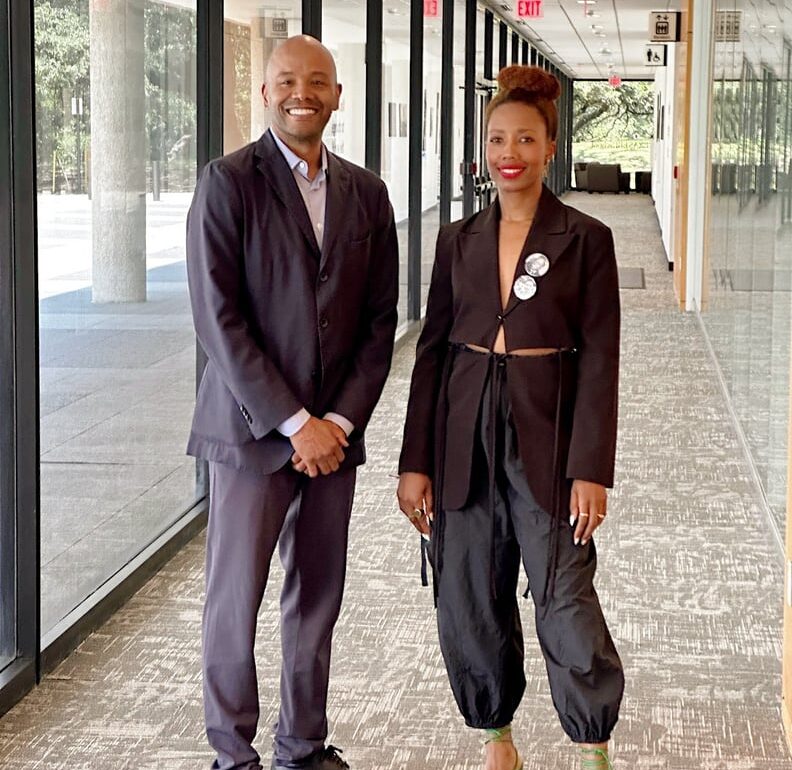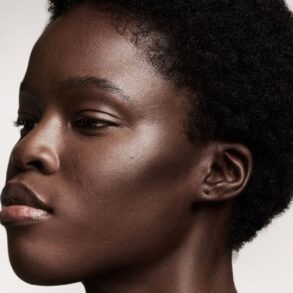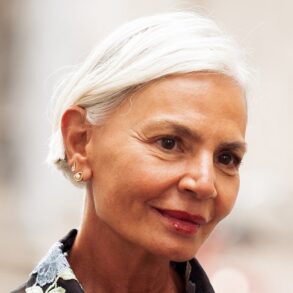Women of color have long forged pathways of defiance and liberation through a legacy of serving lewks. Fashion — even at the highest and most superficial echelons — is inherently political and, when executed with the intention, culturally transformative.
We witnessed this viscerally throughout the 20th century, with Black women dressing in their Sunday best to juxtapose the ignorant characterization of Black people as being unclean, impoverished, and uneducated. This paradox was on full display during moments of protest that turned violent. Civil rights strategists like Fannie Lou Hamer and Dr. Dorothy Height understood that the stark visuals of seeing well-dressed Black women in skirts and pantyhose brutally beaten with water hoses and police canines would be a powerful alarm for the American psyche. They were right. These deliberate sartorial choices laid the foundation for enticing white America’s attention, sympathy, and ultimately support to condemn the oppressive state of Jim Crow.
“Then and now, women of color have used threads to fashion their resistance.”
Nearly 60 years later, women of color have assumed these same tactics — creating intentional moments of discomfort and disruption to direct attention to the realities of ongoing injustice.
There is a remarkable link between some of the most significant Black and Brown social justice movements, cultural shifts, and empowerment campaigns, and the aesthetic choices that were adopted. Fashion in itself is a tool of disruption — articulating taste, cultural agency, and, at times, political dissonance. Our style serves as a universal language. Then and now, women of color have used threads to fashion their resistance amidst invisibility, intolerability, and injustice.
Back in 2019, we witnessed “The Squad” walk through the halls of Congress dressed in all white for President Trump’s State of the Union. Reps. Alexandria Ocasio-Cortez, Ilhan Omar, Ayanna Pressley, and Rashida Tlaib deliberately chose stark white ensembles as a reference to the suffragist movement of the 1920s. But there was something acutely powerful seeing Black and Brown women stylized in all-white power suits and dresses, in a sea of mostly white men — it called out the lack of representation in Congress and referenced how women of color were not invited to participate in the suffragist movement or subsequent women’s movements. Even in the halls of Congress, women of color are forced to contend with America’s devaluing of their existence. But what AOC and her squad offered was a style guide for ongoing disruption.
Now, a few years later — as we engage in discourse around bodily autonomy, reproductive rights, and the lack of protection of Black, Latinx, and Indigenous people — women across the country continue to make bold statements with their attire: confronting societal expectations, demanding acknowledgement of our existence, and challenging practices of systemic equity.
This year, the stylization of cultural dissonance is taking place from the halls of Congress to the runways of New York Fashion Week to the streets of our hometowns. Back in May, in response to the questionable choice to honor Karl Lagerfeld (a known misogynist with harmful ideals of beauty) at the Met Gala, a few guests offered bold rebuttals. Actresses Viola Davis and Quannah Chasinghorse both chose to wear pink gowns. According to fashion writer Patrick Mauriès’s book “The World According to Karl,” Lagerfeld once said, “Think pink. But don’t wear it.” Davis’s extravagant, feathered, hot pink dress seemed to be a literal and figurative shading of the designer, and she called on a decades-long tradition of Black women asserting their power and refashioning ideas of beauty through the natural state of our hair.
Chasinghorse sported a more subtle pink shade than Davis, choosing a subdued powder pink dress. But like Davis, she styled her hair and makeup with nods to her heritage, inspired by her Han and Lakota Indigenous traditions. The look challenged the often siloed and silenced visibility of Indigenous women that has instigated the Missing and Murdered and Indigenous Women movement, which seeks to elevate the staggering statistics of Indigenous women who are silently abused and killed. These stylized choices offered autonomy and agency in spaces that have been reluctant, if not refused, to offer such power to women of color. In a cultural arena historically unconcerned with our stories, Chasinghorse and Davis unapologetically took up space.
If there is anything that the rise of the Black Lives Matter, Stop Asian Hate, and Missing and Murdered Indigenous Women movements have taught us in the past few years, it is that “fear of the other,” and protection of power predicated on dehumanization, is at the core of the American social fabric; woven together by policy, social politics, and language. Perhaps there is power in examining and renegotiating the ways in which we have literally and figuratively fashioned our national paradigms, cultural practices, and misguided policies to disenfranchise, disempower, and disregard the voices and humanity of women of color and the communities they represent.
“I challenge us to assume a new aesthetic of equity, one that becomes a uniform we all try on this year.”
We can all agree that the summer of 2023 hasn’t just been one of the hottest recorded in the Earth’s history, but one of the most politically and thus socially hellish. We watched the undermining of our humanity from all sides. The Supreme Court has voted to deconstruct and, in some cases, abolish abortion rights, affirmative action, and debt relief, transforming a generation and deepening the already painful wounds of entrenched racial oppression. It was particularly demoralizing to watch affirmative action get overturned a few days before we celebrated the most recent federal holiday, Juneteenth. While we prepared to honor a public declaration of freedom for Black America and thus, America, we witnessed the ongoing contradiction of the American dream.
As I prepared for my weekend celebrations in Austin, TX, I found myself oscillating between jubilee, joy, and jadedness. I’d been invited to speak at a Juneteenth Summit at the Lyndon B. Johnson School at the University of Texas in partnership with the Emancipator to discuss what Black freedom means today. Aesthetics, like writing, has always been a way to express my emotional state and my current posture in the world, and I knew my outfit choice would need to reflect my state of anger. While the idea of Juneteenth evokes celebration, I was overcome with righteous indignation, and thus chose to select an all-black ensemble that articulated militancy and rage. I put on a somewhat risqué black blazer with peek-a-boo moments throughout and black cargo pants. The monochromatic look was interrupted only by the intentional color accents of a red lip (Mac’s “Feel So Good” matte, of course) and lace-up green heels — my not-so-subtle nod to Black liberation (or Pan African flag) colors. And adorning my blazer were lapel pins highlighting the faces of some of my inspirations: James Baldwin and Rosa Parks.
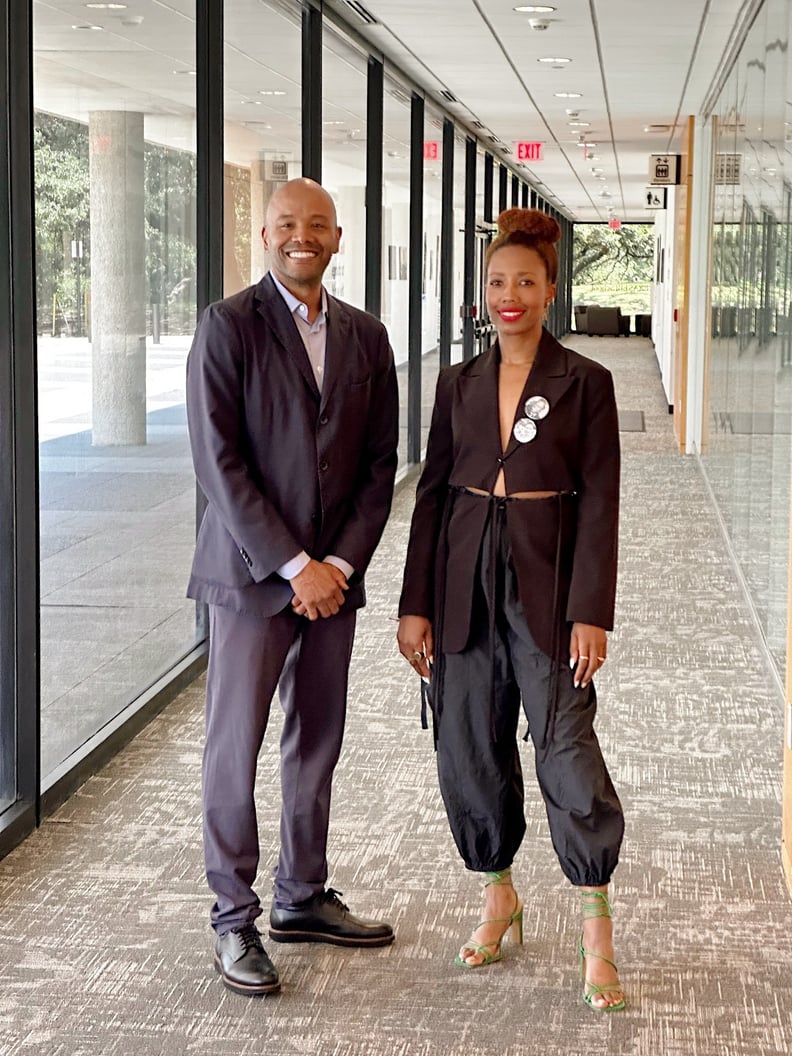




Of course, I stood out from the suits and Austin business casual attire that filled the auditorium. It called into question the politics of appropriateness in an academic institution and a grand hall named after Lyndon B. Johnson. There was a cyclical operation at play that day. My outfit articulated my emotional state and stylized my intellectual posture before I ever spoke a word on stage; simultaneously, I felt emboldened to speak unfiltered, unapologetic, and unabashed.
With the help of the tasseled blazer and vintage lapel pins, I fashioned these words to the audience: “We are less than three years removed from the so-called racial reckoning of 2020, and yet companies and institutions are saying, ‘I thought we already did that work? We wrote that check, I did that one march, we did that workshop.’ But we are talking about 400 plus years of harm; 400 plus years of creating systems that were predicated on the understanding of who would be valued as human and who would not. So, I think it’s going to take a bit longer than three years, or even sixty years, and it’s going to take a bit more than policy. It’s going to take sustained investment and a pervasive shift in our cultural paradigm.”
And, perhaps, it will take stylizing new tactics of resistance. So, my challenge to us all is to reflect on these and other stories of resistance to inspire, inform, and set intentions for the ways we can continue to disrupt spaces and agitate the system. I challenge us to assume a new aesthetic of equity, one that becomes a uniform we all try on this year.
Virginia Cumberbatch is racial justice educator, writer, creative activist, and the CEO/Co-Founder of Rosa Rebellion, a production company for creative activism by and for women of color. She splits her time between her hometown of Austin, Texas, and Brooklyn, New York. When she’s not elevating the voices of women of color, you can catch her styling outfits with her latest vintage finds and the designer shoes she found on sale at Nordstrom Rack. She’s a graduate of Williams College and The University of Texas at Austin’s Lyndon B. Johnson School and the author of “As We Saw It: The Story of Integration at UT.”
This post was originally published on this site be sure to check out more of their content.


